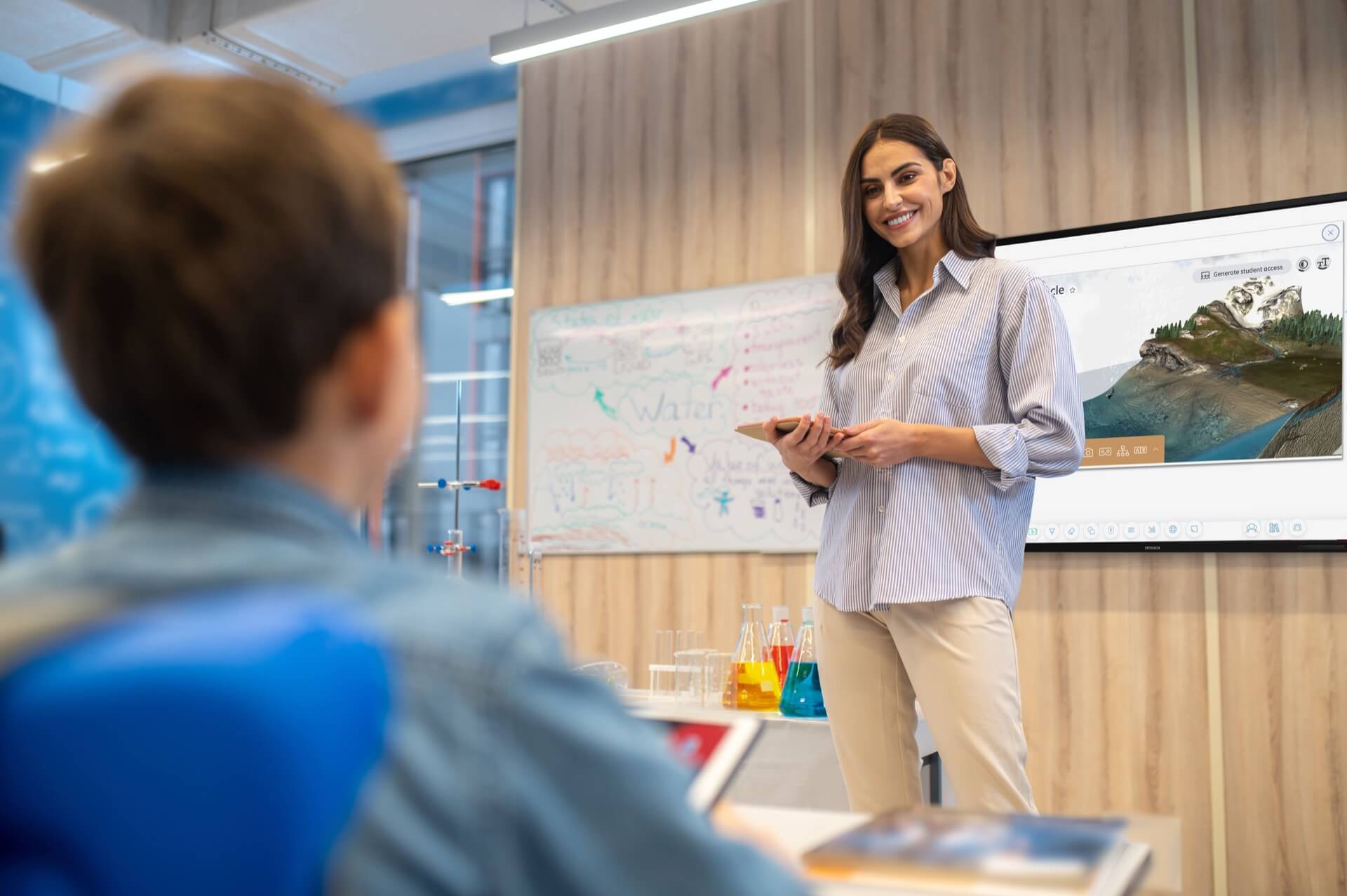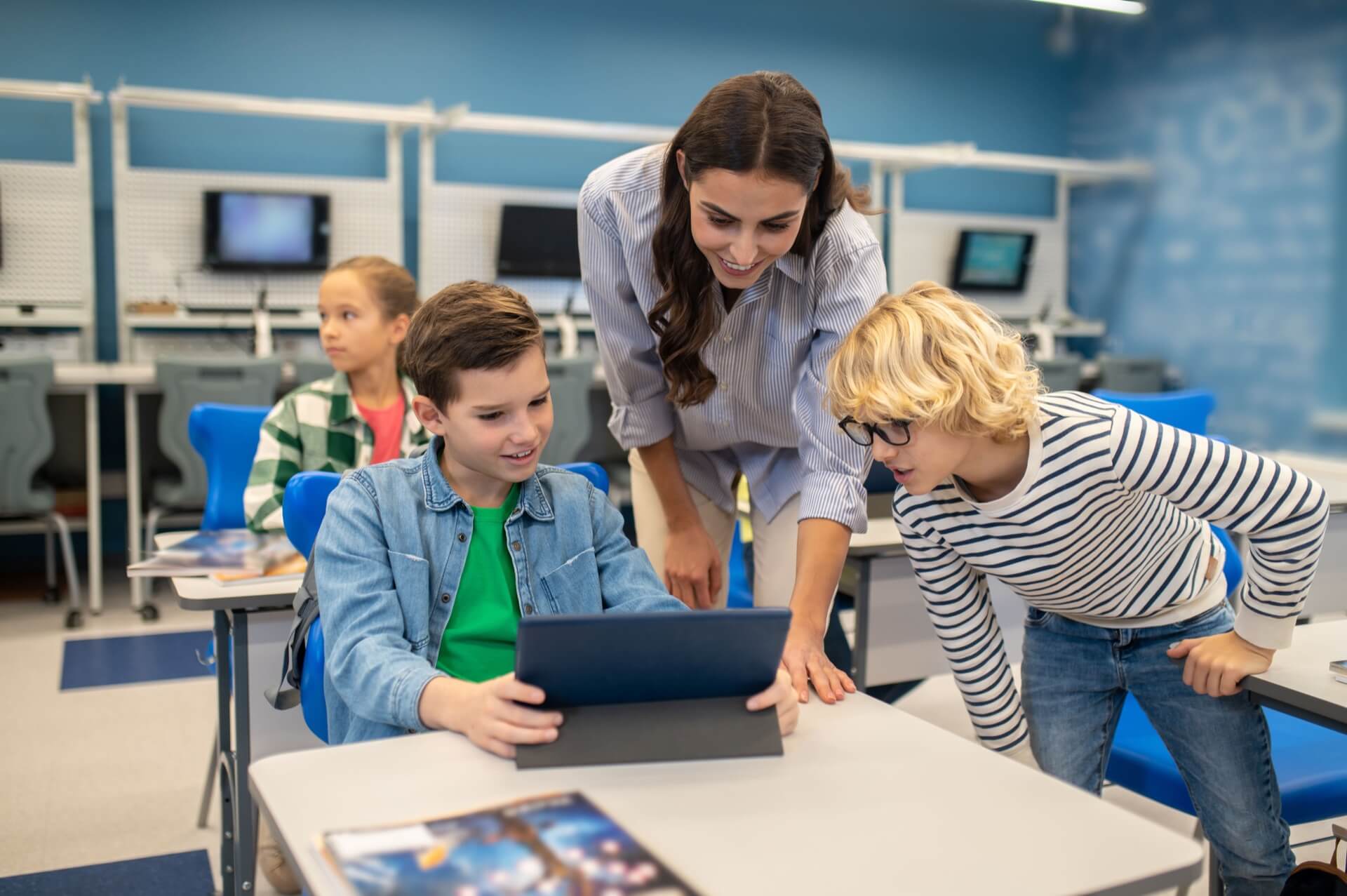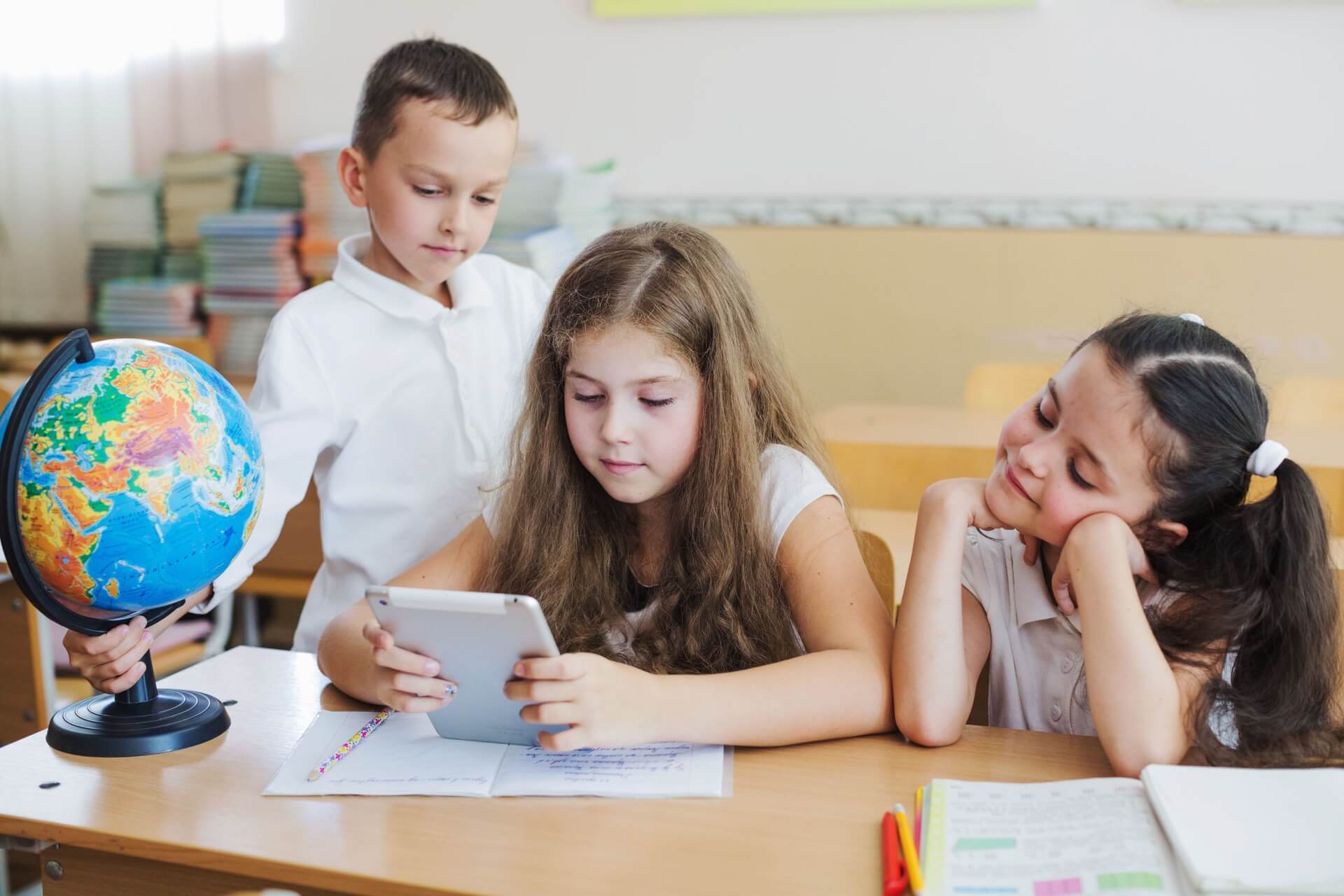How to successfully implement digital tools in the classroom?
The use of digital tools in the classroom has been on the rise for more than two decades. Digital tools present educators and students with many benefits, including making learning more exciting and dynamic. They also provide more engaging and innovative ways to test students' knowledge, easier access to information and multimedia, and the ability to offer personalized and differentiated learning tools as needed by each student.
Introduction
The use of digital tools in the classroom has been on the rise over the past two decades, with increased adoption in both developed and emerging economies, according to Antonietti and colleagues (2022). As Manfuso states in EdTech Magazine, this trend has only grown more prominent during and in the aftermath of the COVID-19 pandemic, which accelerated an already noticeable shift in how teachers and students use technology in class and pushed most institutions to invest heavily in their ICT systems.
Technology is being adopted quickly by the general population: the percentage of people who own a smartphone in Flanders has gone from 24% in 2010 to 93% in 2021, according to the IMEC DigiMeter 2021 report, with similar trends reported across the world. However, in the world of education, technology adoption is slower since there are several challenges to implementing new pedagogical tools effectively. The way an educator utilizes technology is not standardized and varies according to each teacher's individual needs and knowledge. These factors make it particularly hard to find ways to make the transition from a traditional learning environment to an interactive, digital classroom that makes use of the latest technologies.
What are the pros of using digital tools in the classroom?

Digital tools such as interactive whiteboards can make learning more exciting and dynamic for students, and have been shown to improve learning outcomes. For instance, incorporating short, focused sessions like those found in microlearning – examples of which include math facts practice, vocabulary building, writing prompts, science experiments, and language learning – can significantly enhance the learning experience.
While traditional teaching methods can sometimes feel dull and unengaging to students, having a multitude of software at the teacher's disposal means that lessons can benefit from multimedia learning through educational videos, podcasts, or even virtual reality. Interactive quiz software such as Kahoot! can make testing students' knowledge easy and fun while allowing students to challenge each other.
Students can use interactive whiteboards or tablets to access the internet to research topics, and download images and other media, making it easy to access information and enrich a lesson in ways that were not possible just a few years ago. Finding images, videos, audio, or other material through which students can augment their research has never been easier.
Teaching and learning have been made easier by an abundance of different software that can be used in various situations. For example, students can collaborate live on a group paper through Google Docs or run a brainstorming session on Miro that can be shared with the whole classroom or even with the parents if required. Remote learning is also relatively straightforward using software such as Microsoft Teams or Zoom.
Personalized and differentiated learning has become increasingly relevant in recent times. A teacher knows best that each student has different needs and learning speeds, and it is essential that these are respected so that each pupil may reach their potential. Existing software can make it straightforward to give each student an adapted, personalized, or differentiated learning plan and materials, letting them learn at their own pace.
What are the cons of using digital tools in the classroom?

Despite the clear advantages technology can bring to a classroom, there are several potential issues to keep in mind, such as equal access to the internet and related devices. A student that does not have internet access at home will not be able to carry out assignments and homework as well as one who does, and they will also find it more challenging to learn how to use it at school, increasing the digital divide. Ways to address this include providing all students with a tablet or a laptop or making arrangements to offer internet connectivity at home or a shared study space where students have easy access to learning software.
Using any internet-connected device, or even simply electricity-powered devices, makes teachers and students subject to potential difficulties that may arise from a blackout or a malfunction of the internet connection. This growing dependence on technology means that all lesson plans and resources are stored on the teacher's laptop or on the internet, making it challenging to come up with alternative plans should the internet not be available.
Relying on technology and accessing the internet in the classroom also means that teachers and students can be the target of cyberattacks, such as phishing. Therefore, particular attention must be given to ensure that devices at school are adequately secured, through firewalls to forbid access to certain websites, and through education of both educators and pupils to make them aware of the risks that come with the use of technology.
Lastly, it can also be challenging to integrate new solutions in the classroom effectively: as already mentioned, both cyberattacks and the digital divide are two significant obstacles. In addition, some teachers may find it hard to integrate them into their lesson plans in a way that aligns with the lesson's pedagogical objective. At the same time, some students may have trouble using technology. In addition, the budget and resources of a school can also be a constraint since there are more sustained costs that are not included in the initial cost of the investment. Maintenance of the equipment and training of teachers, students, and the ICT staff are essential to successful implementation; therefore, proper planning is the key to success. A popular framework that can be applied when considering the adoption and integration of digital tools in the classroom is the SAMR model, which will be explained below.
The SAMR model applied to the digital classroom

The SAMR model of technology integration in education consists of four steps, from the first one, in which technology acts as a substitute for traditional teaching methods, to the last one, in which technology is wholly integrated and allows for teaching methods that were not possible with conventional teaching methods. This model can be applied to prepare a plan to help teachers and school personnel transition from not using technology or using it in a limited way to having it integrated with their teaching processes.
The first step, substitution, can be easily applied to the adoption of new technologies, particularly to interactive whiteboard usage: teachers may use the smartboard as a direct substitute for a traditional chalkboard to display or present information digitally.
The interactive whiteboard can then be used to augment the traditional chalkboard to display multimedia resources, such as videos, podcasts, or PowerPoint presentations. Interactive whiteboards can also be used to annotate on top of existing materials, making it easy to take notes or to highlight certain pieces of relevant content as needed during a lesson.
When reaching the third step, modification, students can collaborate through an interactive whiteboard for brainstorming sessions or solve math problems side by side and compare their results or method. In addition, interactive whiteboards can also be used to assess students and give them immediate feedback.
In the last step, redefinition, digital tools can be used to reshape a lesson's structure and meaning entirely. Interactive whiteboards make it exceedingly easy to turn an in-person class into a blended or even entirely online lesson through collaborative tools such as Microsoft Teams or Google Classroom, which let students and teachers communicate and share content easily. It is also possible to have a guest speaker join a lesson to give their professional input on the topic. Interactive whiteboards can also be used to create in combination with virtual reality headsets to create learning experiences that are not possible through traditional teaching methods.
Need Help Implementing Digital Tools in Your Classroom?
Discover how we can support you in transforming your classroom with digital tools such as interactive whiteboards. Our team of experts is here to guide you through the process, providing tailored solutions to meet your specific needs.
Conclusion
Integrating digital tools in the classroom and reaching the fourth step of the SAMR model is a complex task, but it is a process that can be broken down into phases to avoid being overwhelmed. Keeping an open mind when learning about new technologies is essential to always be ready to learn and for a successful implementation.
Together with enthusiasm about new technologies, it is crucial to accommodate students who may not be as familiar with technology or come from an underprivileged background and to make sure that they can follow lessons and learn to use new digital tools at their own pace. It is also true that the transition to a digital classroom does not need to be immediate. Rather than introducing extensive changes at once, it is better to improve a few basic processes. Once those have been successfully integrated into the classroom's routine, move on to more involved solutions. Furthermore, technology is not always required for all tasks or lessons: students can benefit from different sensorial experiences every now and again.
By taking a balanced approach to integrating digital tools in the classroom and using the SAMR model for inspiration, while keeping in mind possible drawbacks of technology usage in the classroom, it is possible to achieve a successful digital transformation.
Frequently Asked Questions about Digital Tools
Why are digital tools important in the classroom?
Digital tools make learning more engaging and dynamic, provide easier access to information and multimedia resources, and allow for personalized and differentiated learning experiences.
What is the digital divide, and how can it be addressed?
The digital divide is the gap between people with and without access to technology. It can be addressed by providing devices to students who do not have access to them, offering internet connectivity in shared spaces, and supporting students in learning how to use digital tools.
What is the SAMR model?
The SAMR model is a framework that guides educators through four stages of technology integration (Substitution, Augmentation, Modification, and Redefinition), helping them gradually incorporate digital tools into their lessons and transform the learning experience.
How can educators achieve a balanced approach to using digital tools in the classroom?
Educators can achieve balance by using digital tools where they add value, accommodating students with different skill levels and backgrounds, and gradually integrating technology while still incorporating traditional teaching methods when appropriate.
What challenges do teachers face when implementing digital tools in the classroom?
Challenges include ensuring equal access to technology for all students, addressing potential security risks, and effectively integrating digital tools into lesson plans while accommodating different skill levels.

